Tungsten Metallurgy
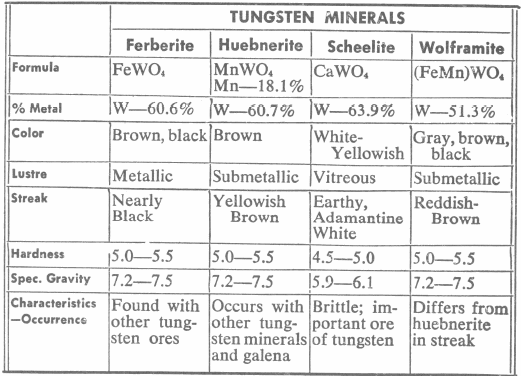
Nearly all alloy steels containing tungsten are made in the electric furnace where tungsten is introduced to the steel’s metallurgy in the form of ferro-tungsten. Ferro-tungsten, melts between 3500 and 3700 degrees F., while tungsten powder melts between 6000 and 6200 degrees F. Neither will actually melt in a steel-making furnace, but the ferro-alloy because […]
Titanium Ore Processing and Beneficiation
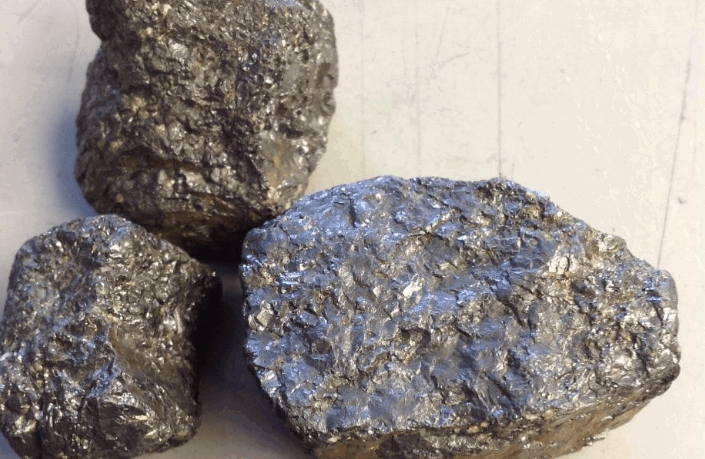
To develop a flowsheet for separation of high grade titanium-rutile from ilmenite, that will meet market requirements. Rutile has a SG of 4.2, hardness 6.0 to 6.5 and is non-magnetic; while ilmenite has a SG of 4.5 to 5.0, hardness of 5.0 to 6.0, and is weakly magnetic. Both minerals are amenable to gravity concentration. Titanium, “the […]
Processing Spodumene by Froth Flotation for Lithium Extraction
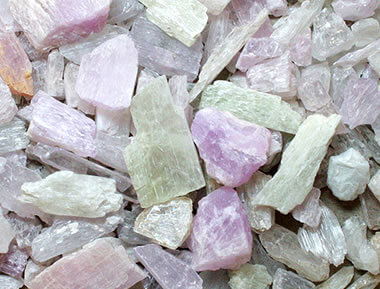
Spodumene theoretically contains 8.03% Li2O and therefore the production of this mineral is greatly increasing because of the expanded use of lithium in the manufacture of high temperature insoluble lubricants, ceramics, pyrotechnics, non-ferrous welding fluxes, air purifying agents, and hydrogen isotopes. Extracting Lithium from its Ore The problems of spodumene mineral dressing depend on the […]
Pyrite Tailings Recovery by Flotation
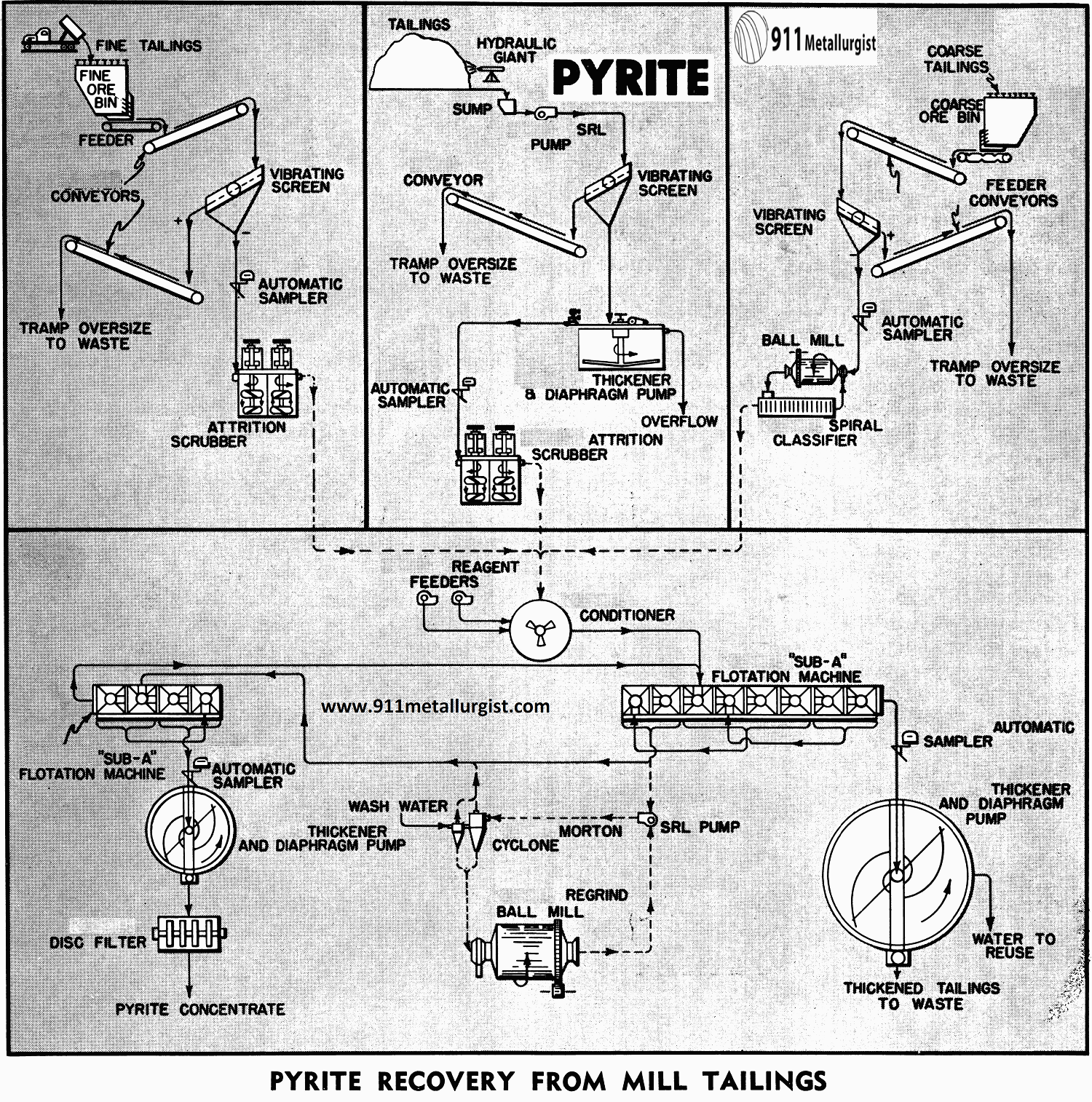
Pyrite has long been used as a source of sulphur, and its recovery as a by-product from the flotation of certain base metal ores is a well established practice. Large tonnages of mill tailings which have accumulated as a result of various milling operations frequently contain significant amounts of pyrite. In many instances these tailings […]
Molybdenum Ore Processing by Flotation
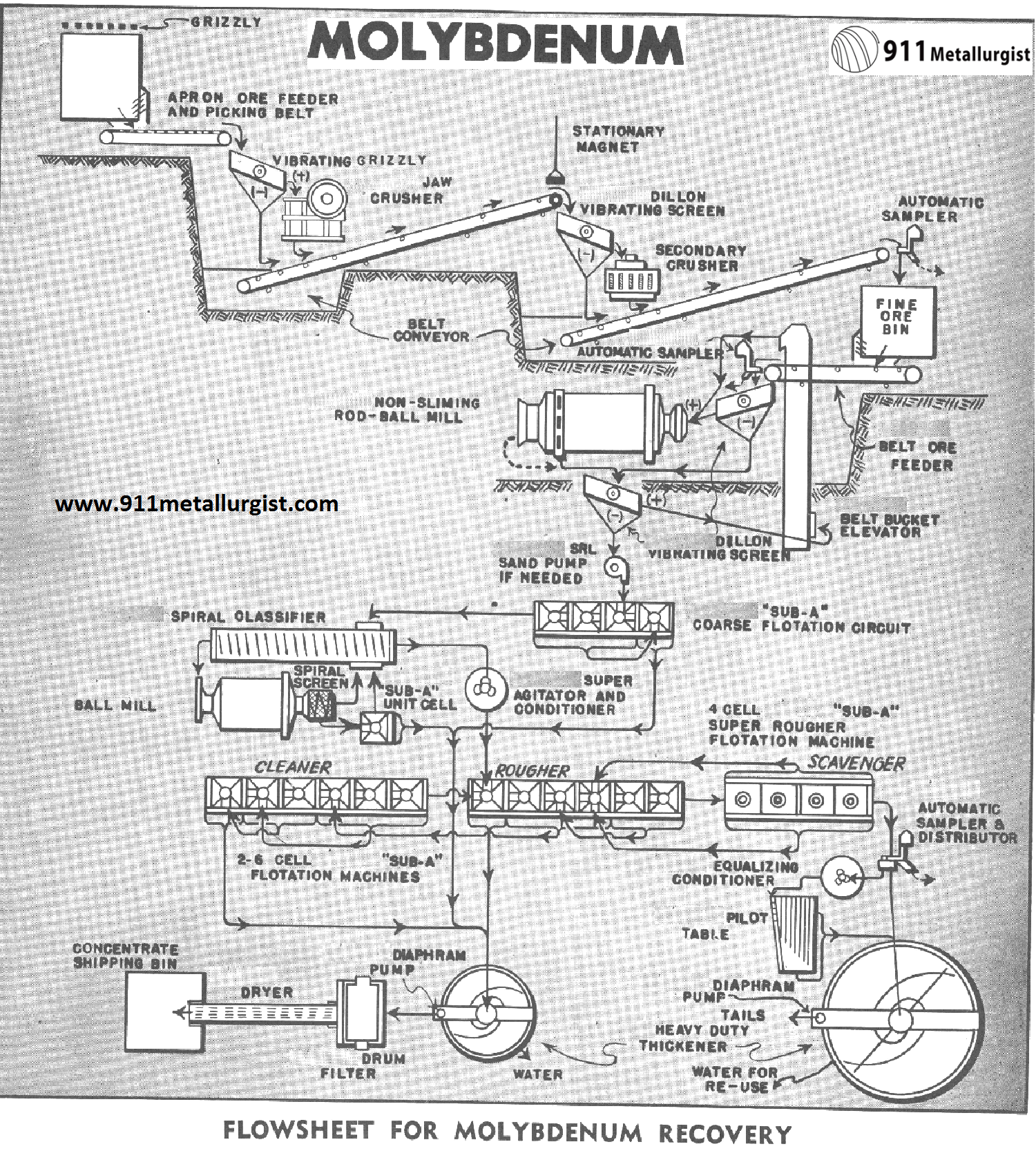
This molybdenum flotation circuit, based on 250-500 tons per 24 hours is designed for low-grade molybdenum ore having high-grade streaks and with pyrite-quartz gangue. It is also basically sound for many other friable sulphide ores, such as antimony, silver and even some lead ores. The basic ideas stressed in this moly flotation flowsheet are the importance […]
Design Flotation Plant
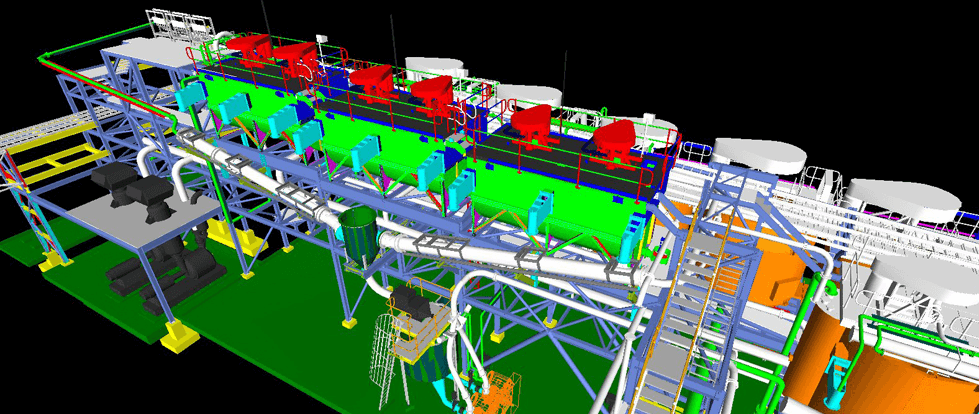
Design Study for 400-Ton per Day Flotation Plant The sulphur mill was designed for best adaptation to the mill site available. The design provided for simplicity of construction and final operation, and full usage of construction items available. Process FLOWSHEET The flowsheet was based on laboratory tests wherein troublesome factors were eliminated ahead of design and construction. The […]
How to Process Copper Lead Zinc Ore with Gold and Silver by Flotation
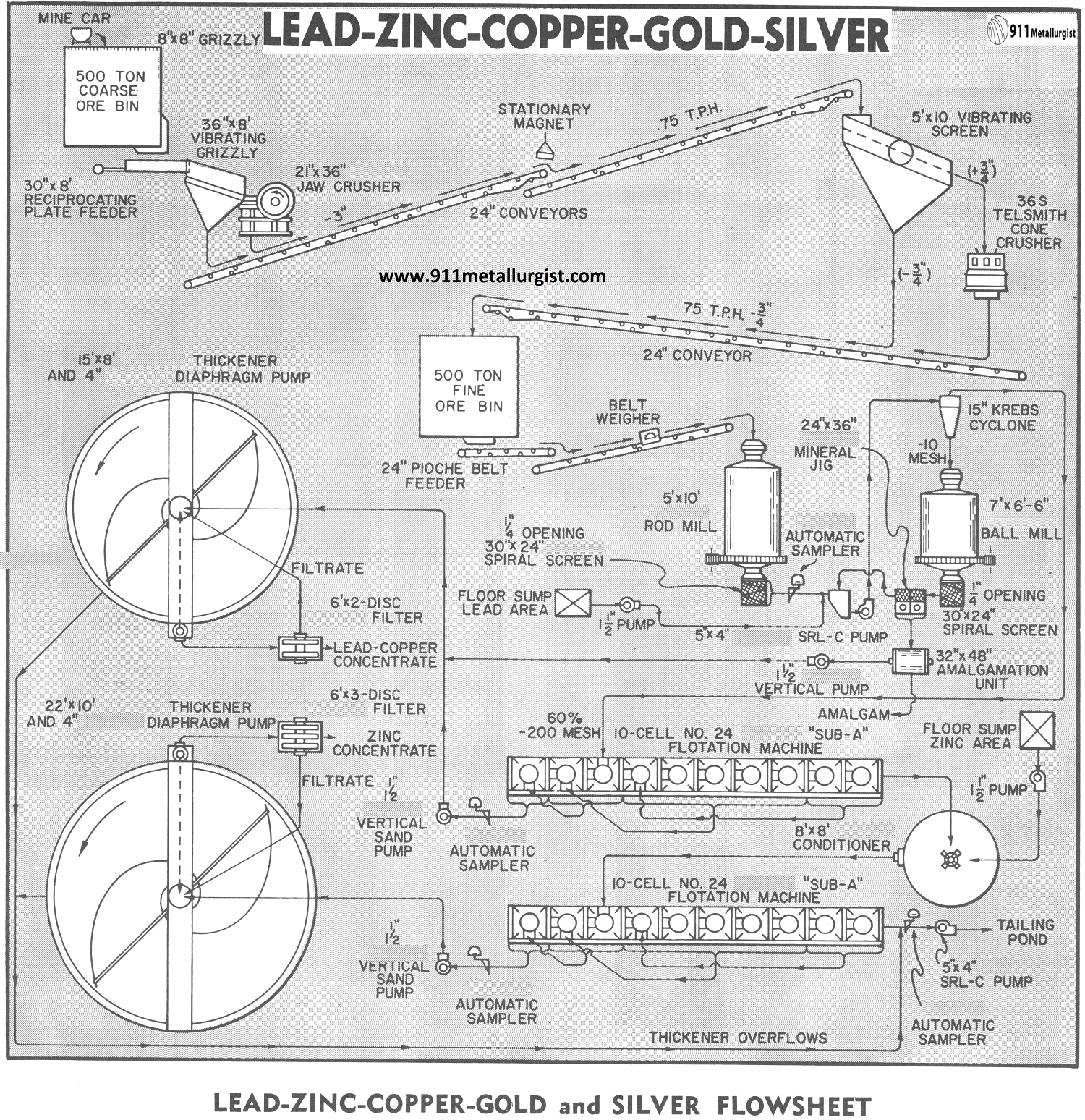
The flowsheet in this study was designed to treat 500 tons per day of a complex base metal ore containing gold and silver values. The presence of free gold offers opportunity to recover these values in the grinding circuit so that the gold could be amalgamated, and marketed directly to the mint. The ore as […]
Lead Zinc Sulfide Separation by Sequential Flotation
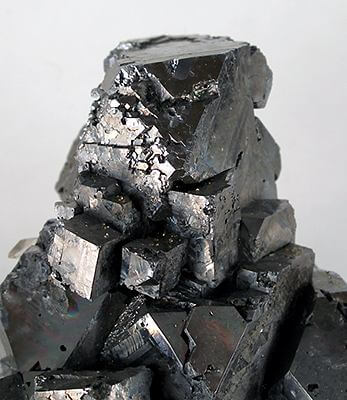
In the majority of the zinc operations, sphalerite (ZnS) is associated with galena and often sulfides of iron and copper. It is therefore essential to arrange the flowsheet not only for recovery of the valuable minerals, but also to selectively separate them into products acceptable to the smelters for ultimate conversion into metal. The flowsheet outlined […]
How to Process Oxidized Lead-Zinc Ore by Flotation
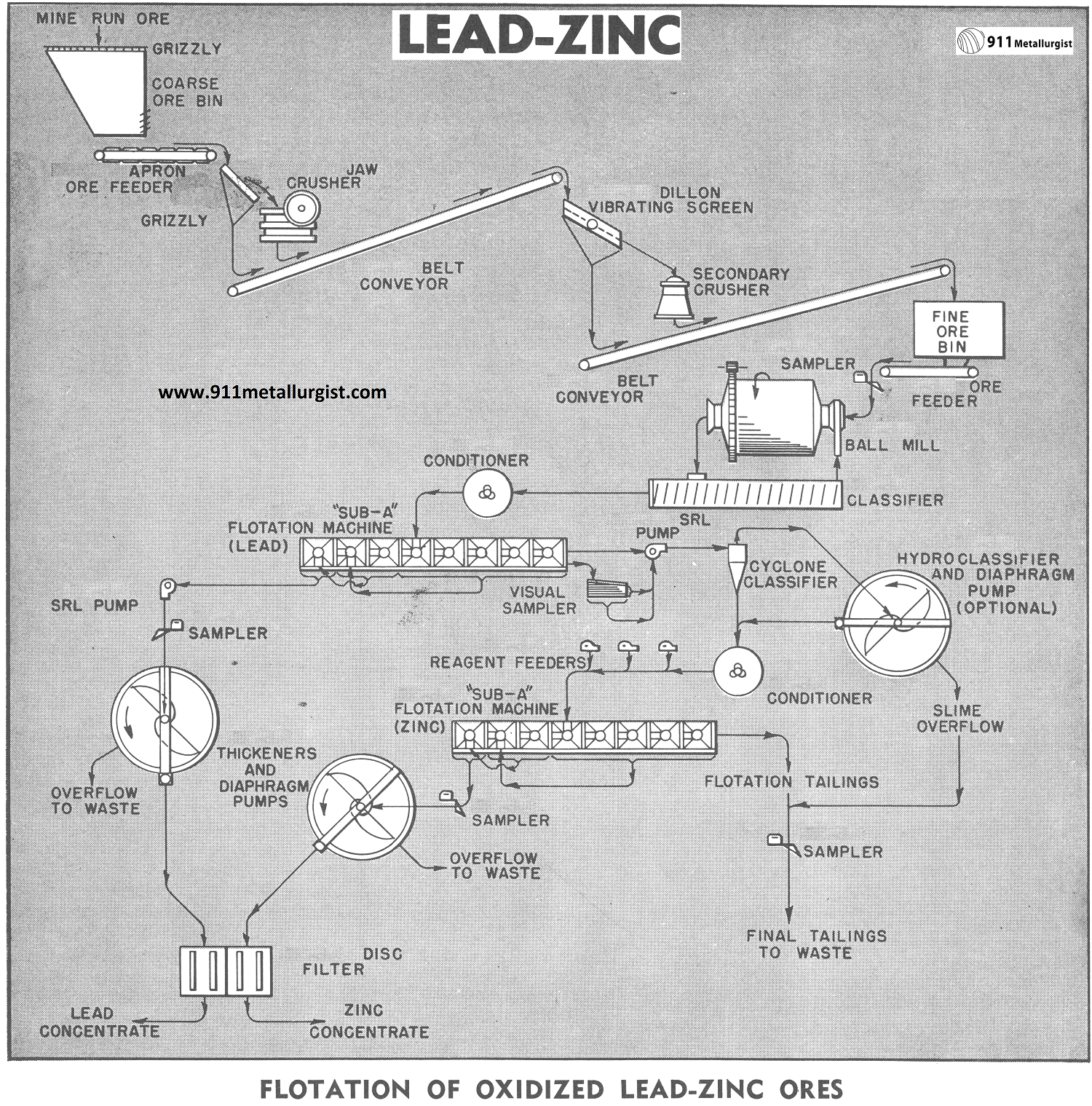
The problem of treating oxidized lead-zinc ores for the production of high-grade lead zinc concentrates is a complex problem due to the nature of the ores and to the soft sliming characteristics of the lead and zinc minerals. The ore for treatment is a lead-zinc carbonate ore in a mixed siliceous-lime carbonate gangue. The association of […]
How to Operate a Flotation Circuit

The main idea in collecting the information you’ll find in the following discussion was to help you, as a flotation machine operator. Regardless of how much or how little you know about it, the ideas you’ll find here can help you do a better job, if you want them to. Naturally your company is anxious to […]
